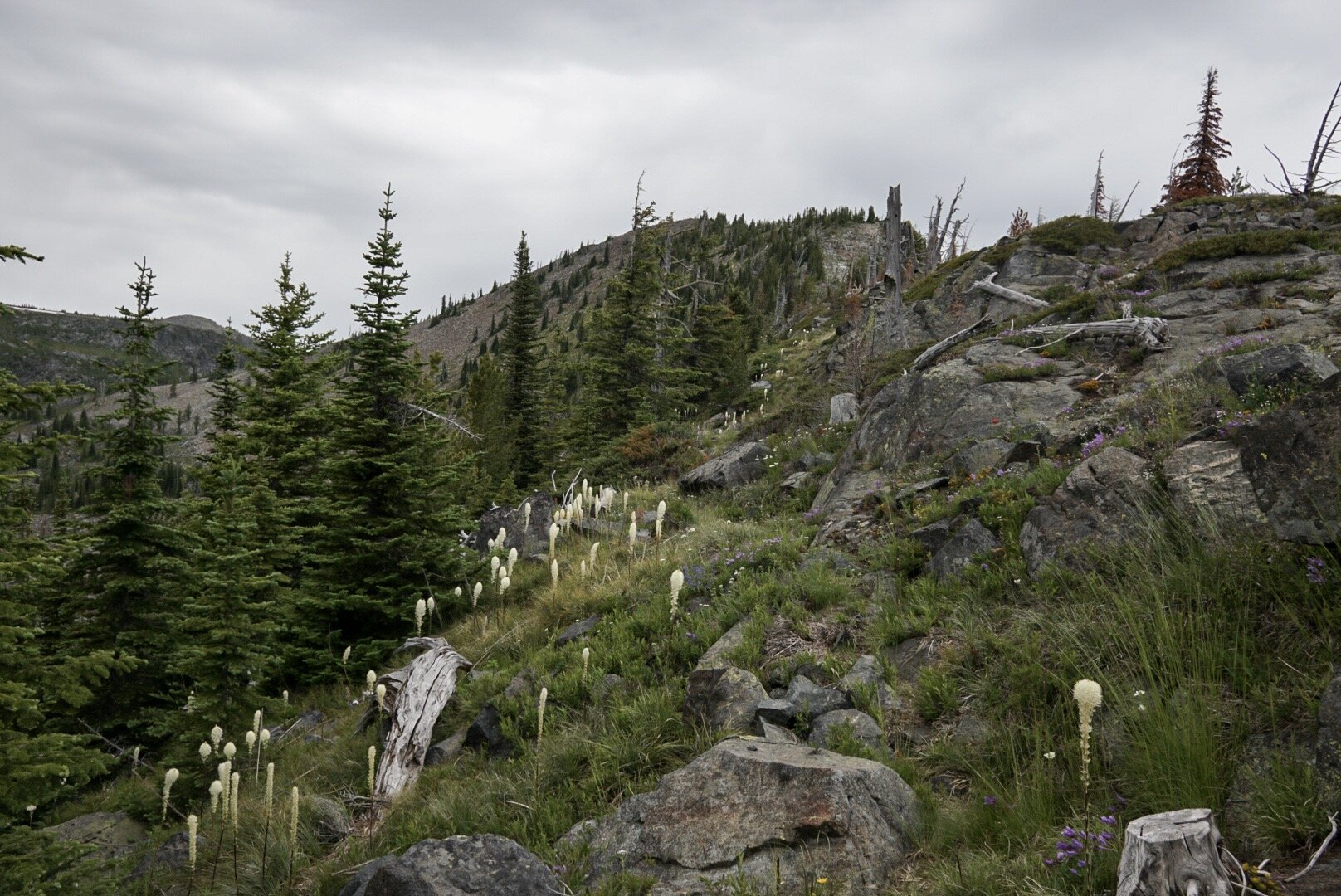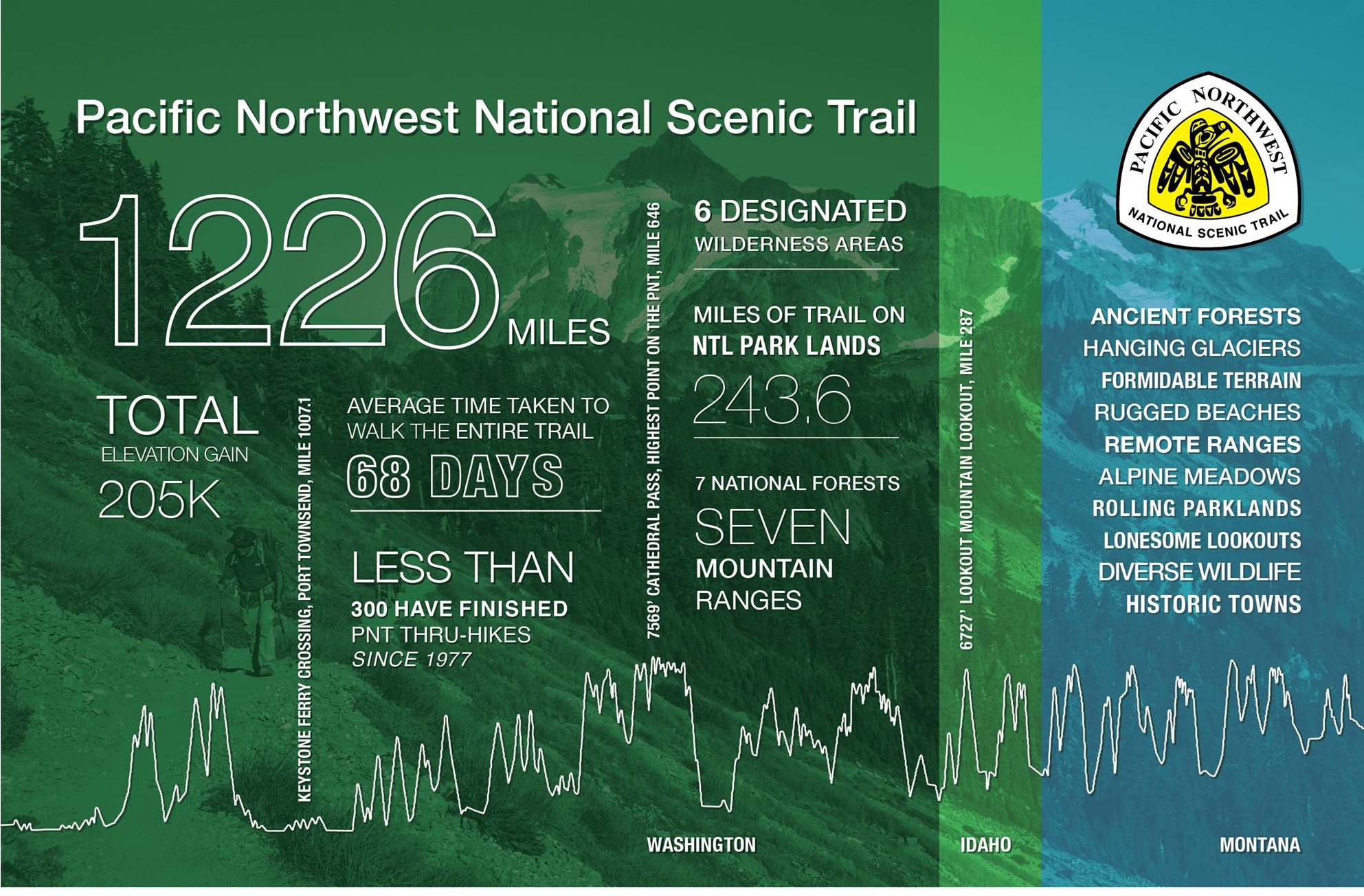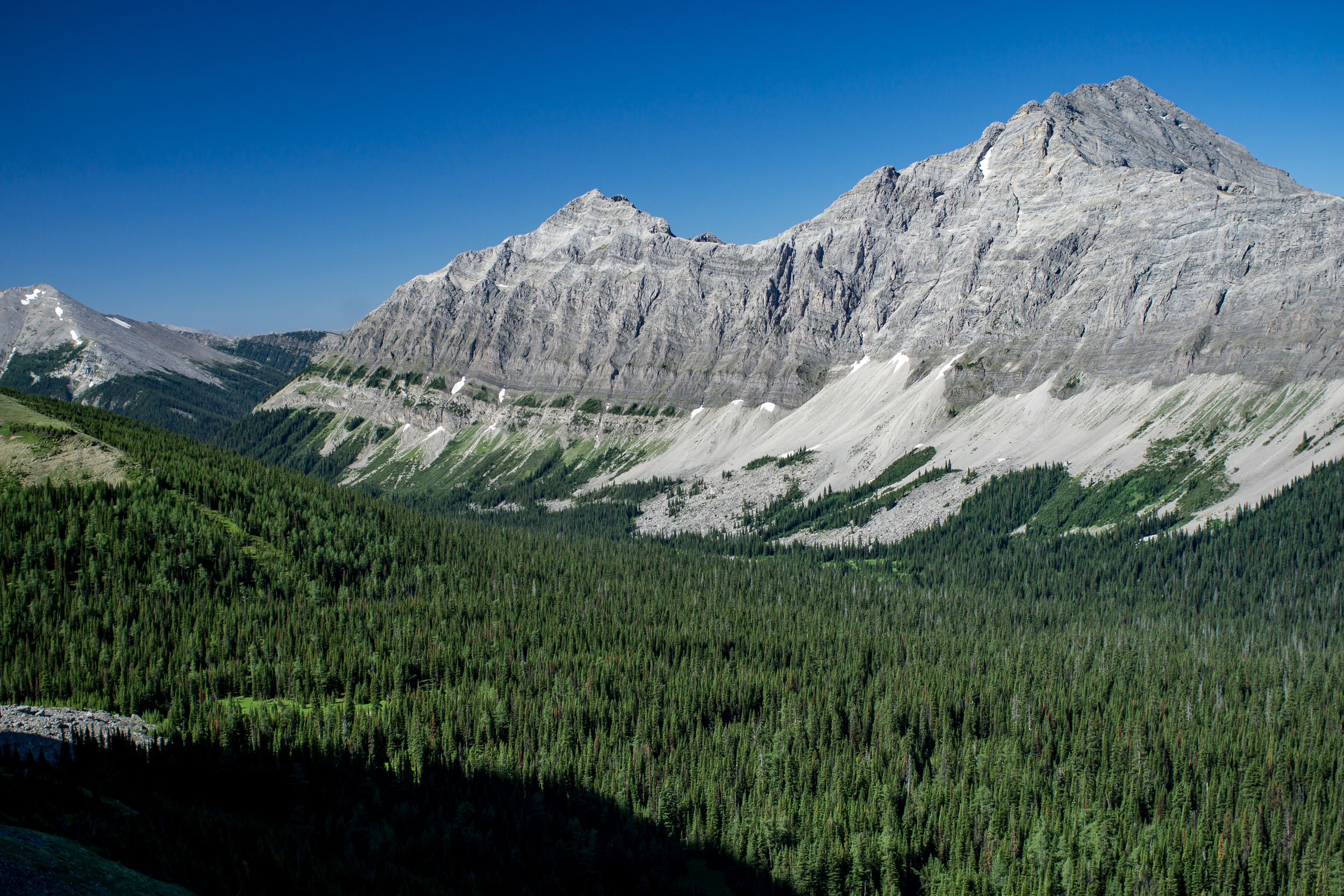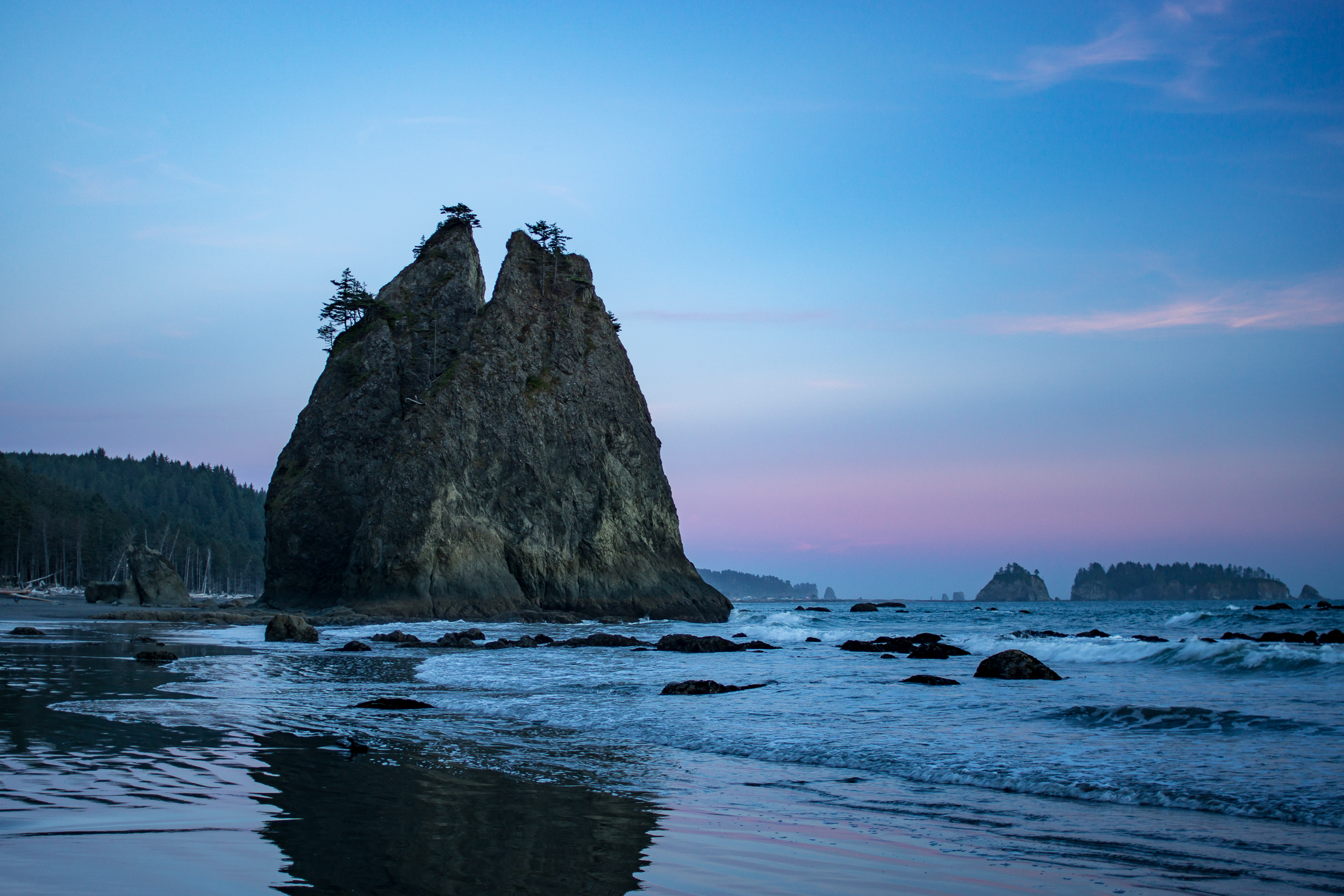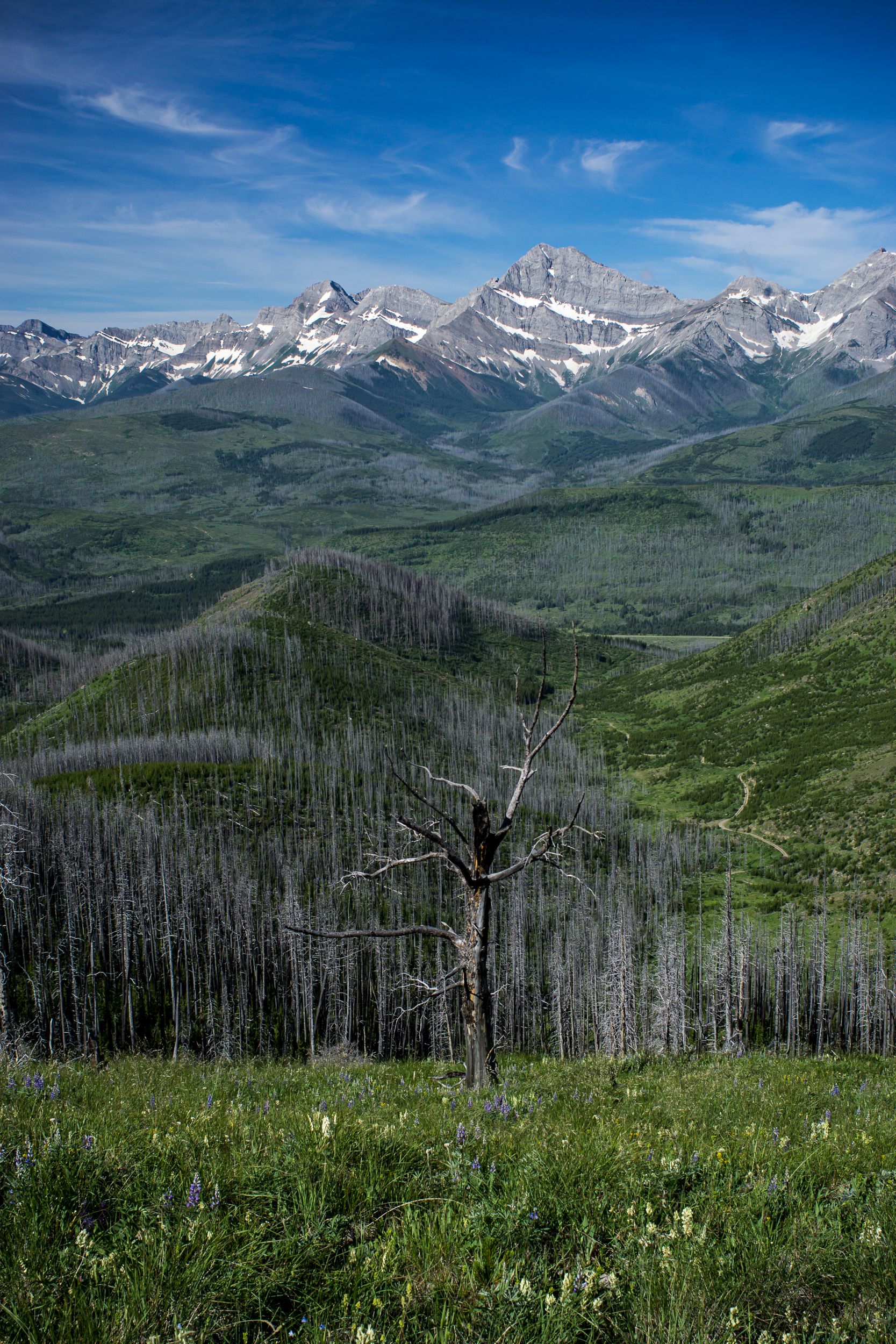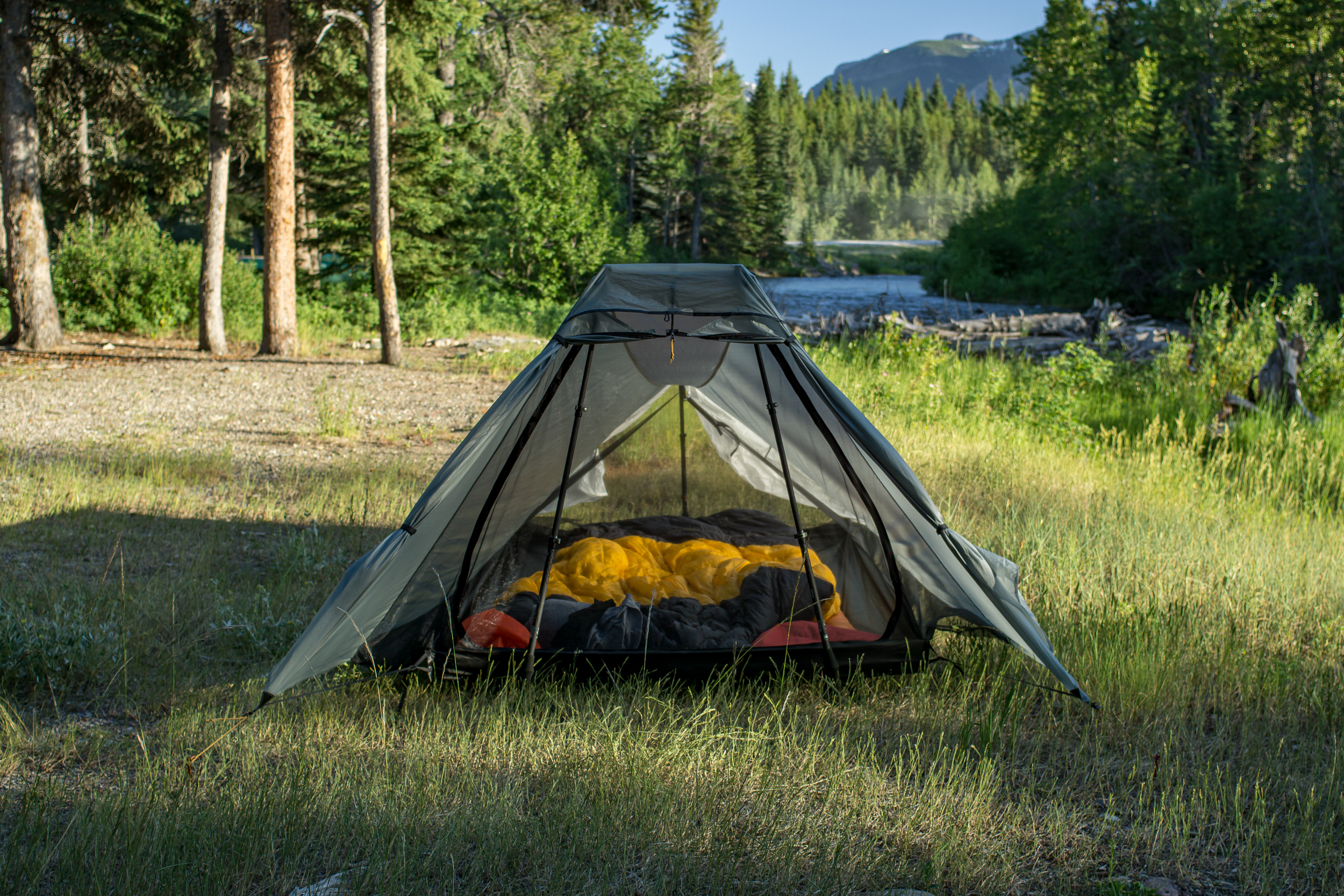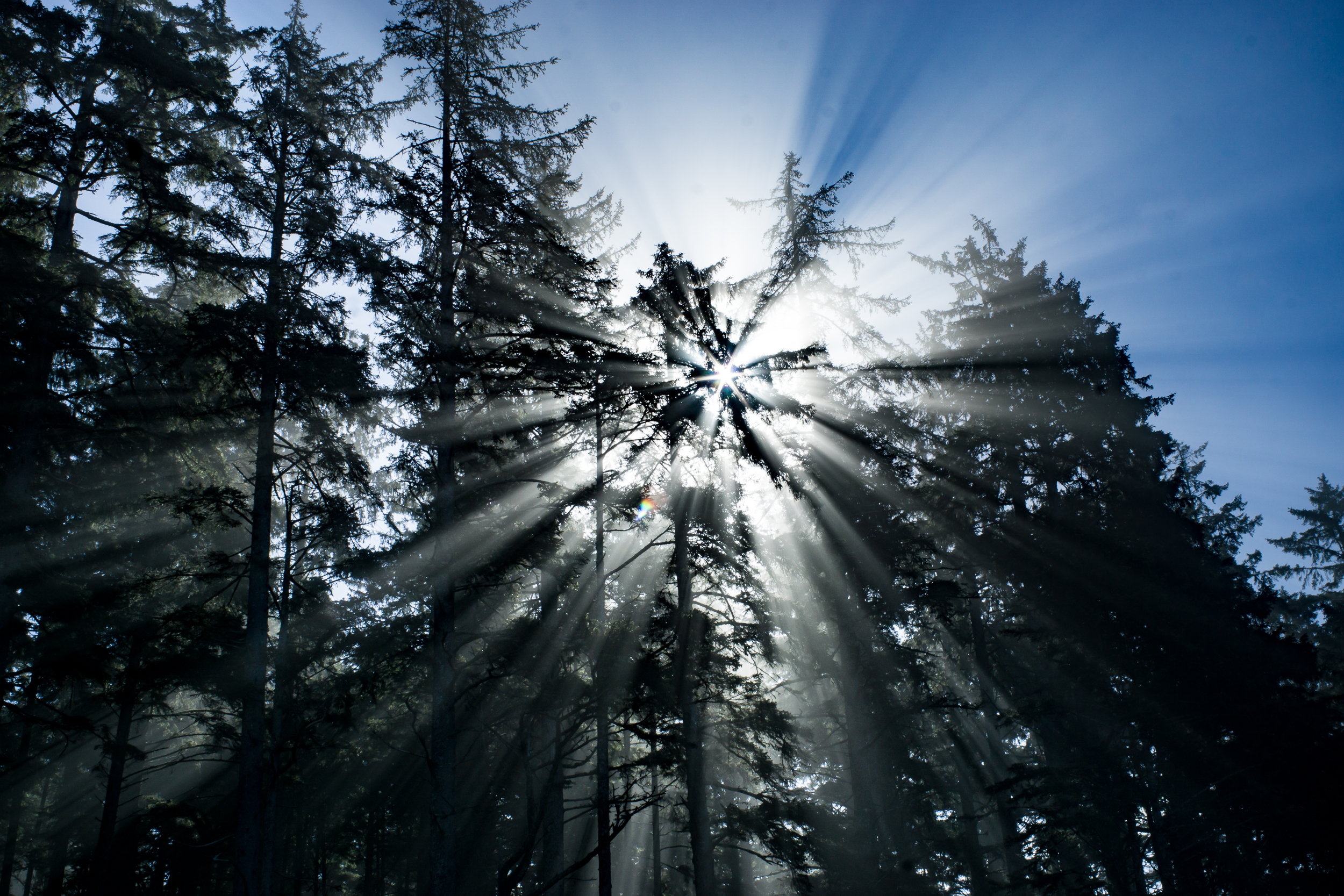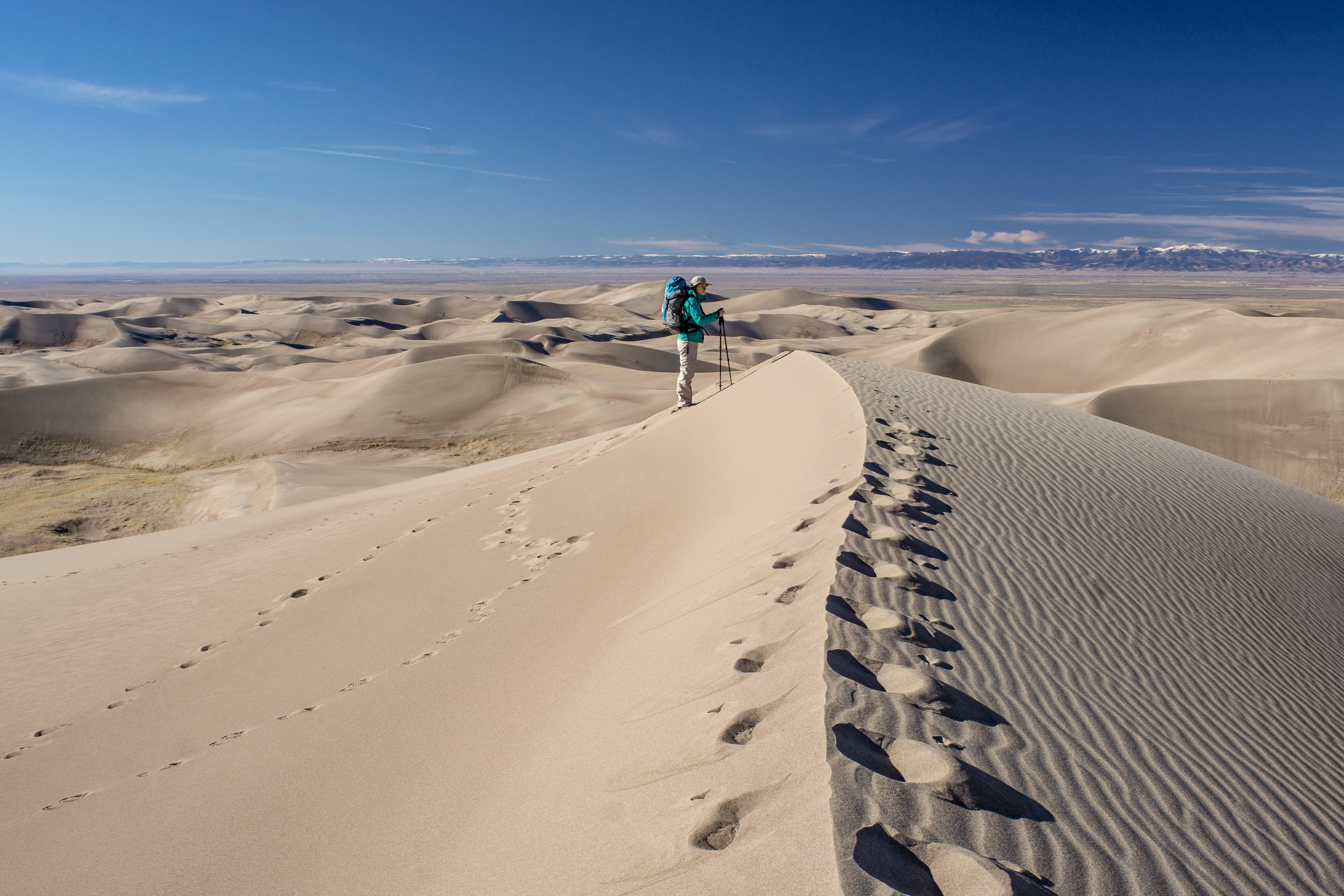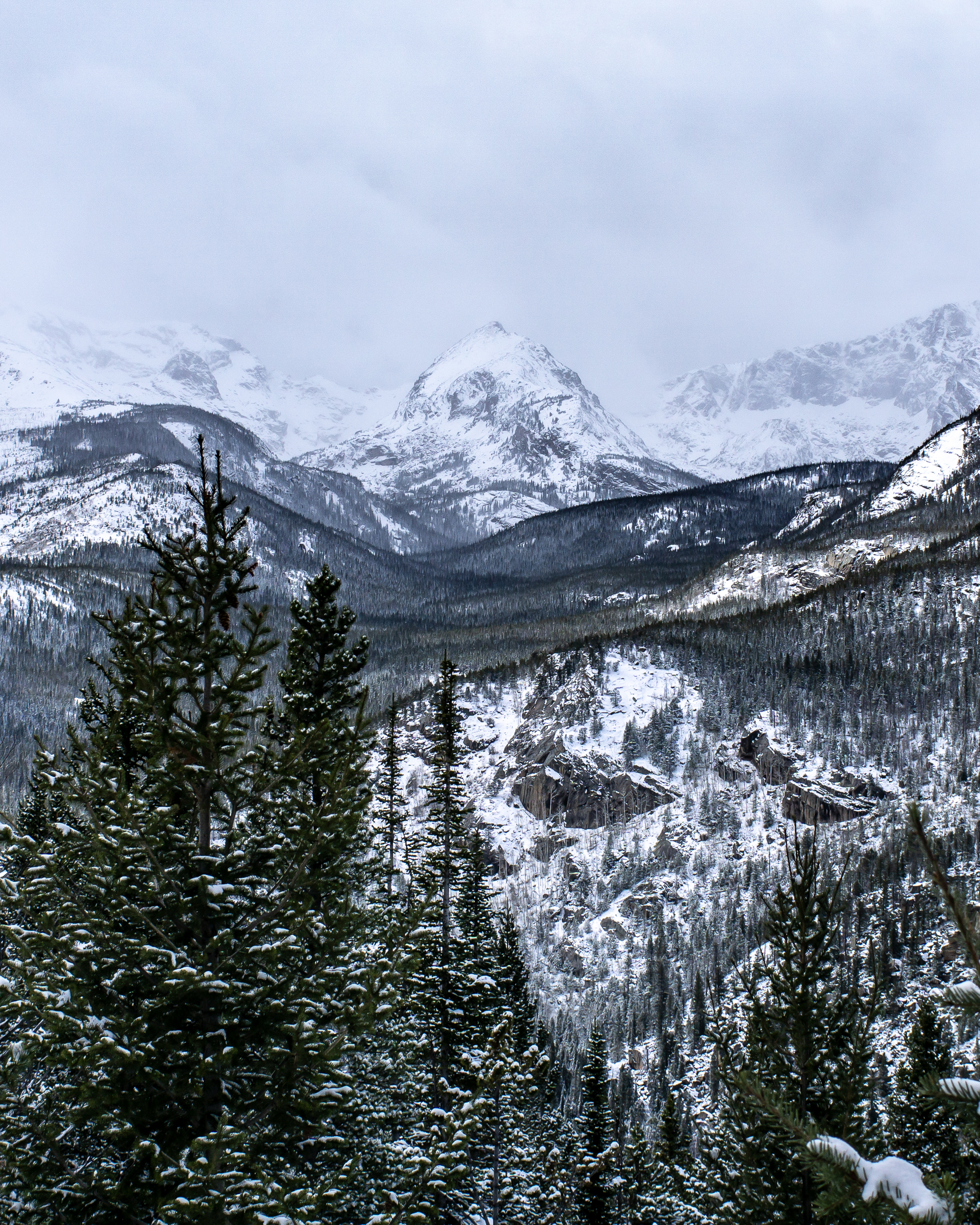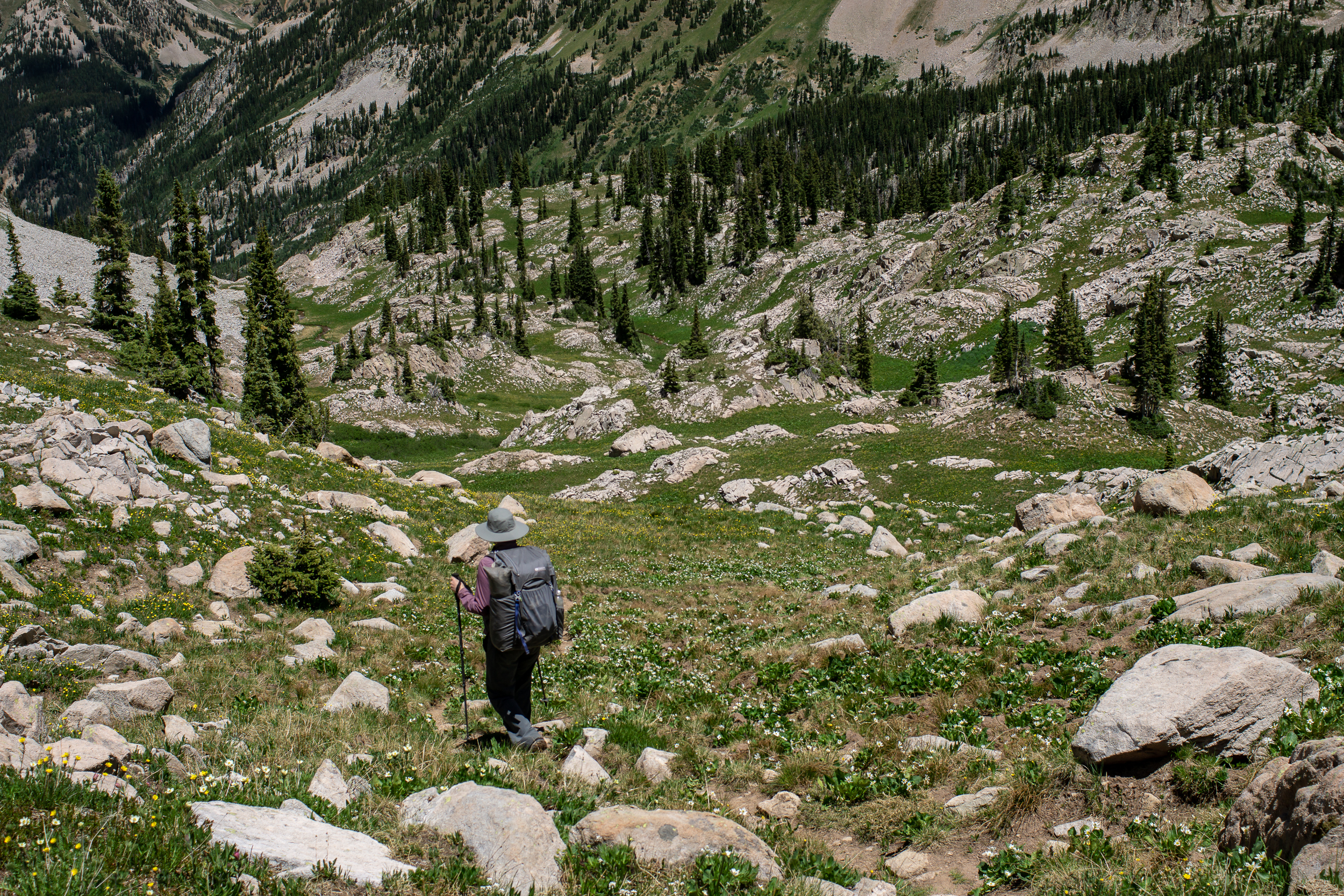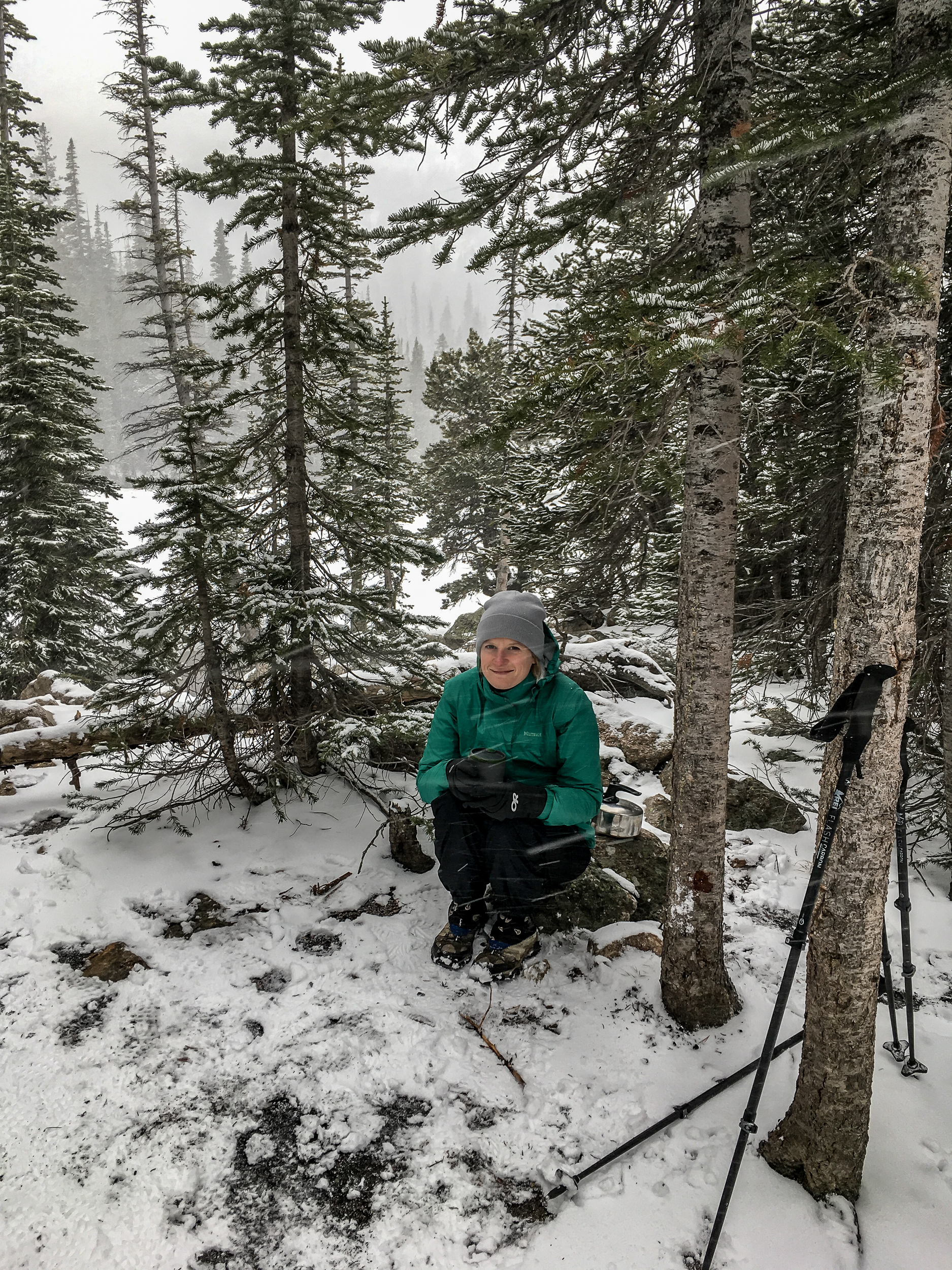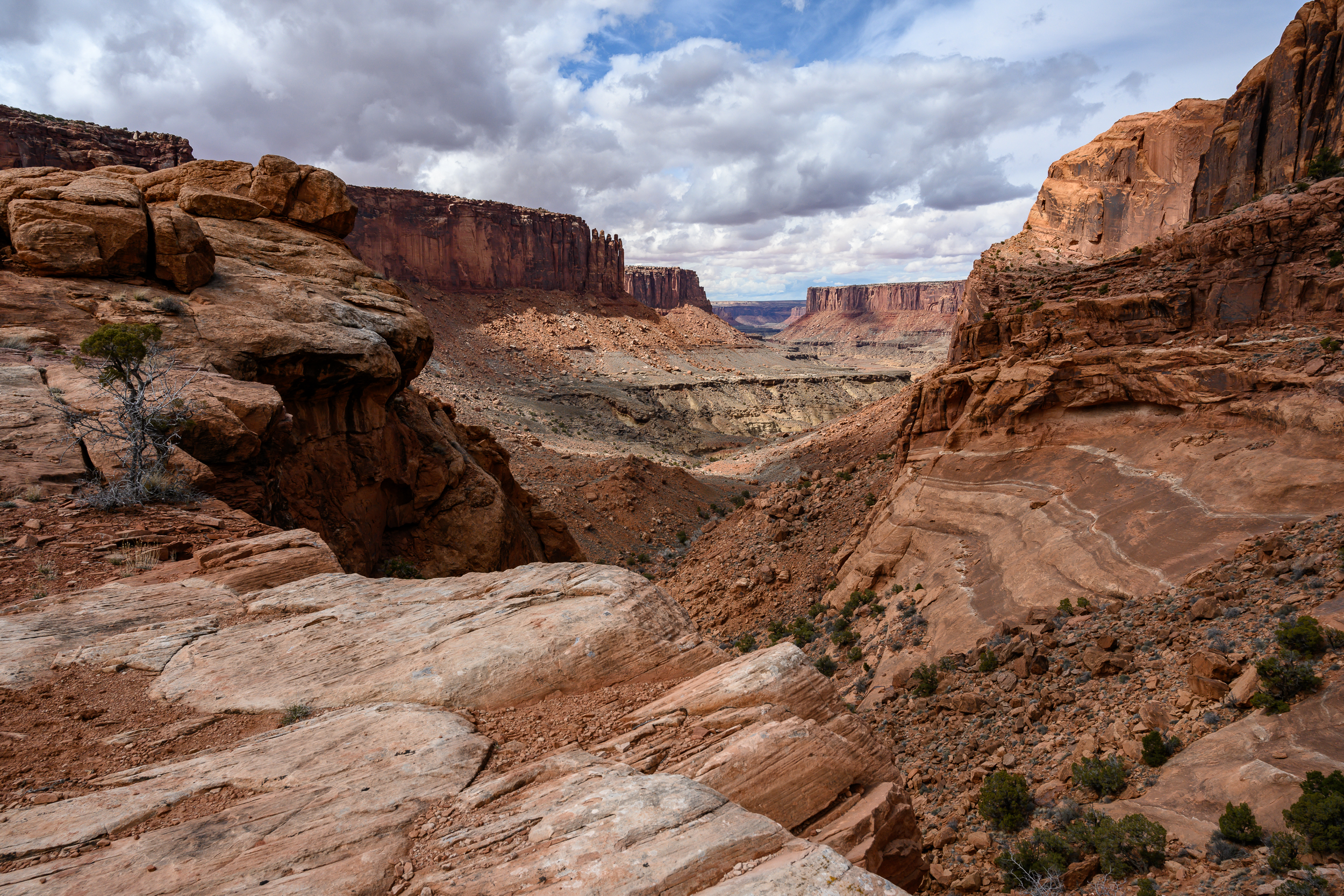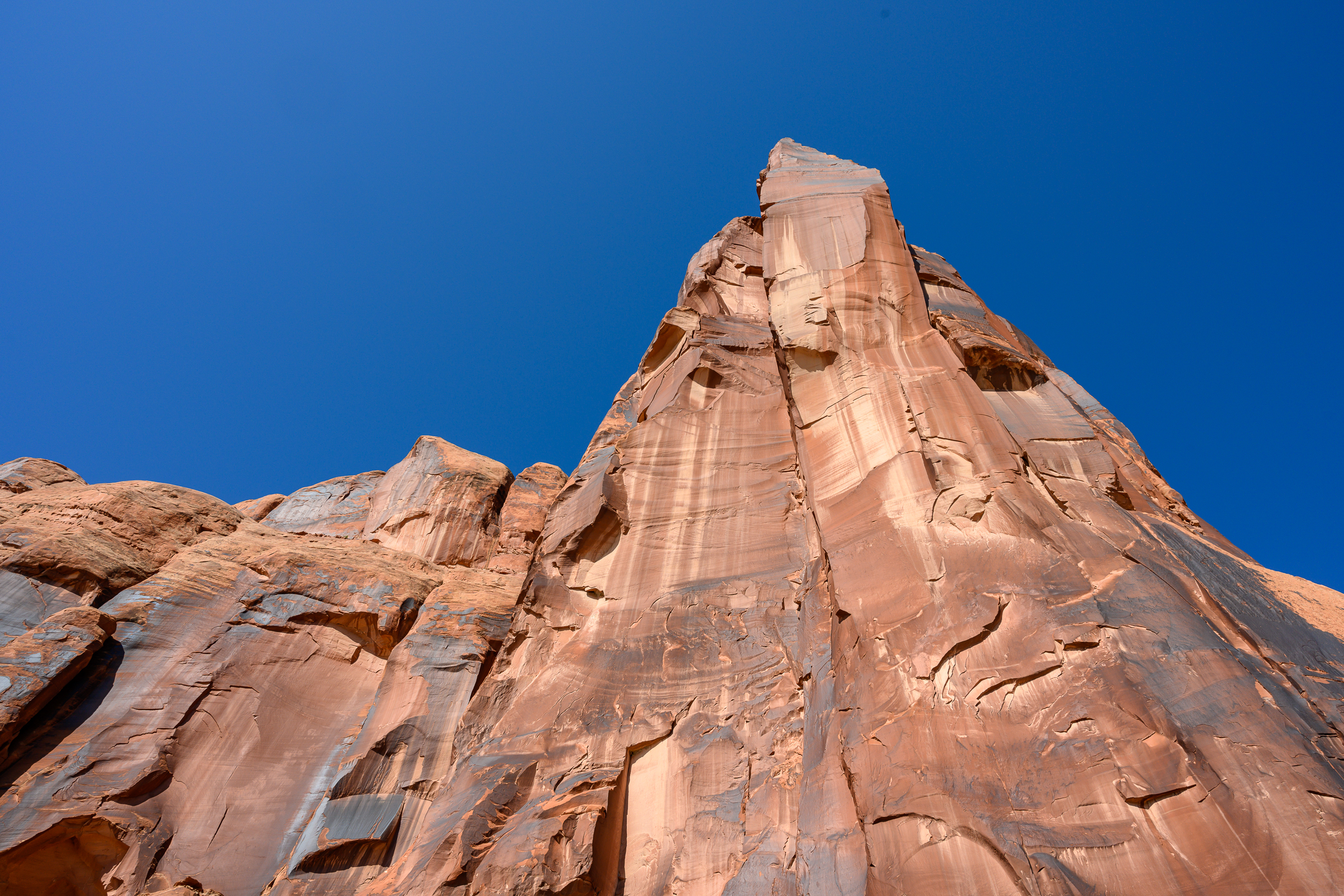A version of this post appears on The Trek, which you can read here
Don’t get the wrong idea, we’re having a great time but section two of the PNT has more road walking, fewer alpine views, and more up and down. To be fair, the first section through the majestic mist-shrouded peaks of Glacier was always going to be a tough act to follow.
Physically the initial boost of energy and excitement has waned as we set in for the long haul. The day to day of thru-hiking has become more routine and less novel. My body seems to tire easier and recover slower. The road walking is harder on the feet than trails.
But hey, PNT, you’re still amazing.
I was enticed by the quiet, subdued beauty in this section. Dark, dense forests that seem to have stood for ages. Rugged mountain trails littered with wildflowers. Secret waterfalls to swim in. Fire lookouts with endless views to stay in (in fact you could line up the first three to four days of this section to stay exclusively in lookouts!).
Yaak was a great anything goes trail town. Pitch the tent anywhere. $4 burgers. Live music. And maybe even laundry if they can find the key by the time you come. The huckleberries are also ripening!
Feist Creek Falls Resort welcomed us in with open arms (even though they were technically closed) and to a special once a year Vietnamese meal.
Just when I started to despair all of the road walking, we hit a great alpine section with bountiful wildflowers and lots of views of the mountains that surround us. Including views back to the now tiny peaks of Glacier where we started seemingly so long ago. And views of what’s to come in section three with the mighty Selkirks looming to the west.
The honeymoon’s over, but PNT, our relationship is just getting started.
